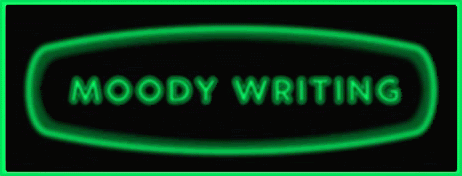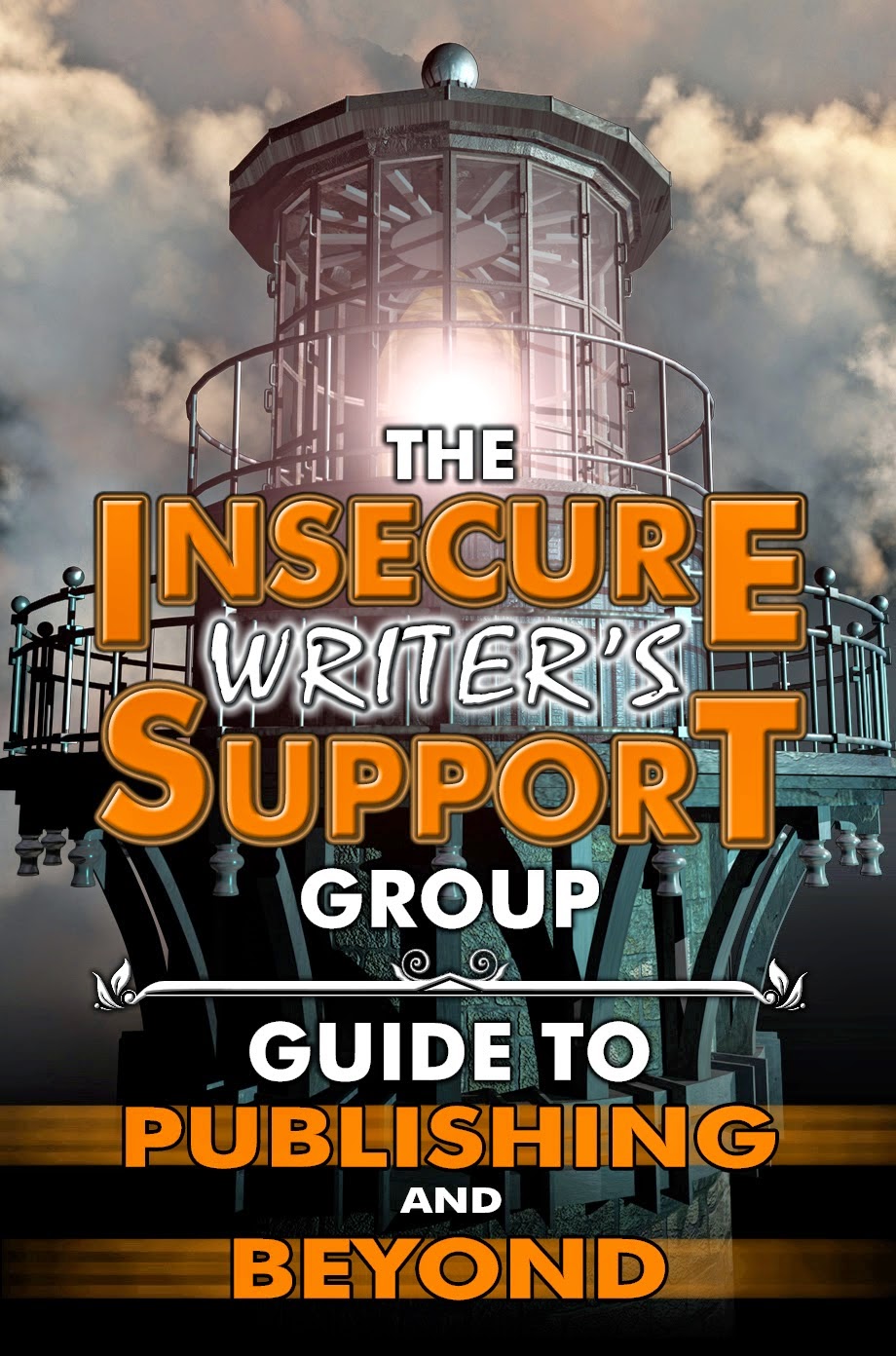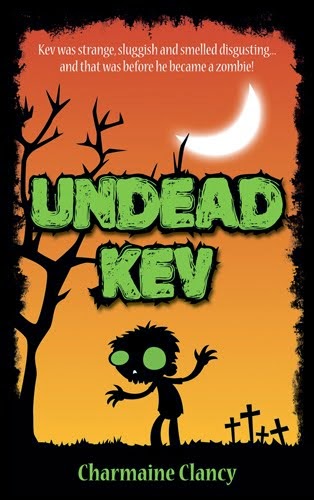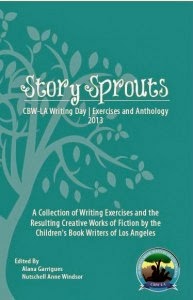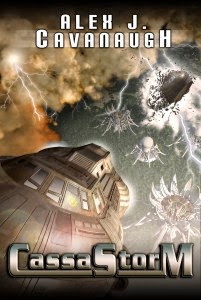Chapter One is a series of posts where I take apart the first chapter of a successful book to see what makes it work, how the author hooked the reader, which rules were followed and which were broken to good effect (previous entries can be found here: Chapter One Analyses).
Gone Girl by Gillian Flynn was published in 2012 and made into a hit movie last year. The author’s previous two novel were moderately successful, but sold nowhere near as many copies as this one.
It’s a contemporary mystery thriller, written in the first person by two narrators, both of whom seem fairly unreliable. Chapters are alternated in a he said/she said format. The story starts with the husband (Nick) writing on the day his wife goes missing. The wife (Amy) is represented by a diary that begins on the day she first met Nick at a party in Manhattan.
I’ll be looking at both first chapters (his and hers) to see how they differ and how they complement each other.














